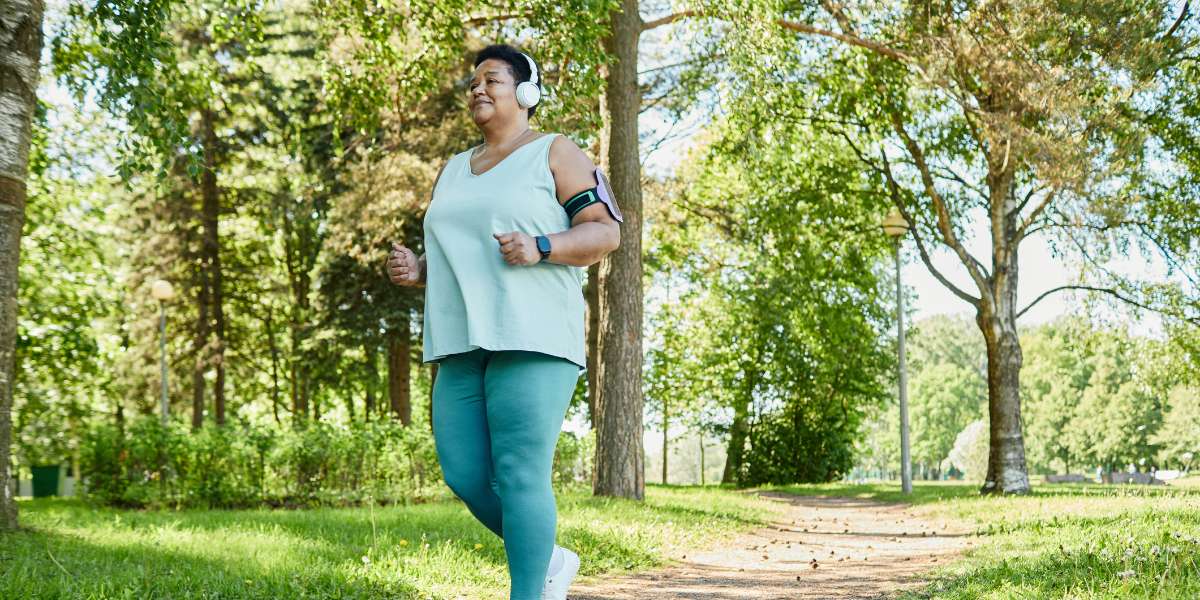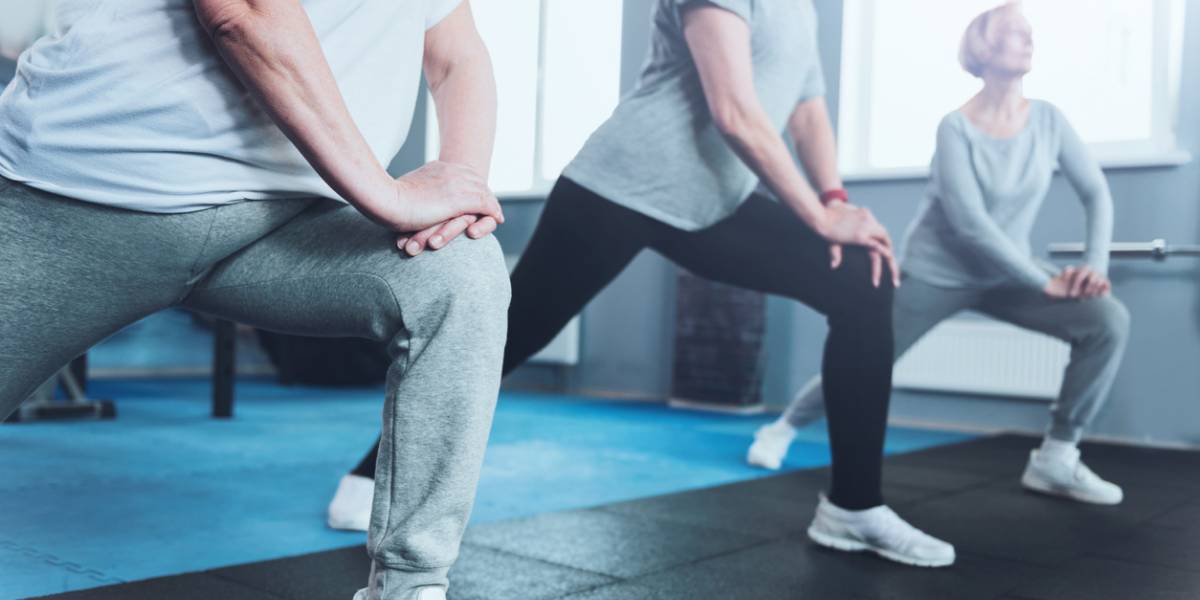When it comes to weight training, the volume of advice that is available can seem daunting.
A good place to start is looking at the types of resistance training, the importance of muscle strength and how certain exercises can make life easier as you age.
Compound and isolation exercises and how they differ
There are largely two types of exercises when it comes to resistance training – compound and isolation.
Compound exercises use multiple joints and muscle groups.
For instance, the chest, shoulder and triceps muscles are used in a push up, with the shoulder and elbow joints moving together.
Compound movements can be grouped together into patterns. One example is the squat pattern seen in lower body exercises, including lunges and squats.
Squats
Lunges
Watch detailed videos for over 20 exercises
Hinge patterns, which include kettle bell swings and deadlifts, involves a hinge at a point on the body, such as the hips.
Upper body exercises can be divided into push and pull patterns.
By comparison, isolation exercises happen at a single joint, as seen in movements such as a bicep curl.
How compound exercises can support healthy aging
Muscle mass and strength is lost as we age, with men losing around 5% of muscle mass every 10 years and women around 4%.
By age 80, individuals will have lost around 30% of their peak muscle mass.
Some diabetes medications, such as semaglutide, can affect muscle mass.
The age at which this drop in muscle mass occurs can differ hugely from person to person, but resistance training can help to negate the changes in muscles mass that happen as we age.
By regularly doing compound exercises, everyday tasks become a little easier as we get older. How well we can execute compound exercises can even be a good predictor of healthier aging.
Many compound exercises replicate everyday task such as getting up off a chair or removing heavy items from a high shelf.
- Reduced depression risk associated with low intensity exercise
- Exercising in the evening offers greatest health benefits for people with obesity
- 5 easy ways to sneak exercise into your day
Building athletic ability
In terms of building strength more efficiently, compound exercises allow you to lift heavier weights than isolation exercises allow, as you use several joints.
One study looked at the impact of both types of exercise on athletic ability.
A group of 36 people was divided into two for eight weeks, with one half undertaking isolation exercises and the other performing compound exercises.
At the end of the study, both groups had lost fat but the compound exercise group performed better in terms of cardiovascular fitness, bench press strength, knee extension strength, and squat strength.
Other ways that compound exercises can enhance athletic ability is through the ‘triple extension’.
This is when the hip, knee and ankle are all extend at the same time, which occurs during squat patterns.
Triple extensions are used in running, sprinting, jumping and changing direction, so squat pattern exercises play a vital role.
Isolation exercises
Isolation exercises can still build strength and muscles and are sometimes easier to tack on to the end of a workout, when people may feel too tired to do compound exercises.
Isolation exercises are also useful when individuals want to build certain muscles, for instance for body building competitions.
Getting the most from your workout
While good quality workshops incorporate both compound and isolation exercises, compound exercises should be prioritised if you’d like to lift heavier weights, you want to build several muscles in one workout, you don’t have much time, and if healthy aging is a goal.




